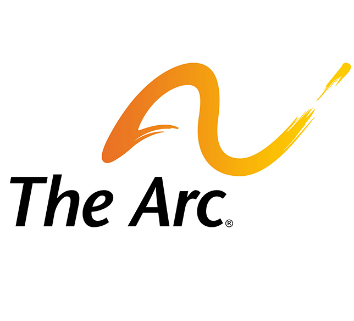Home Is in the Community
Most people with I/DD share the dream of living in the community in a home of their own. For some, that dream may become a reality.
Earlier this week, Health and Human Services (HHS) Secretary Kathleen Sebelius announced that the federal government will dedicate billions of dollars to help individuals with disabilities access care in the community as opposed to institutions.
“There is more evidence than ever that people who need long-term care prefer to live in their own homes and communities whenever possible,” said Donald Berwick, administrator of the Centers for Medicare and Medicaid Services. “To restrict these individuals to institutions where even the simplest decisions of the day such as when to get up, what to eat and when to sleep are made by someone else must no longer be the norm.”
HHS is also proposing new rules to allow states to access additional federal Medicaid matching funds if they encourage individuals to live in a community setting, as opposed to a nursing home or other institutional setting.
Thirteen states are slated to receive about $45 million for demonstration grants this year, with $621 million budgeted through 2016. Federal officials are awarding $621 million over the next five years to expand the Money Follows the Person to help people with disabilities who are living in institutions transition into the community with services and supports programs.
The new grants will have an impact on 13,000 people in Colorado, Florida, Idaho, Maine, Massachusetts, Minnesota, Mississippi, Nevada, New Mexico, Rhode Island, Tennessee, Vermont, and West Virginia.
The Arc believes that adults with I/DD should have the opportunity to lead lives of their own choosing, reside in the community, and live independently with ready access to whatever services and supports they need to be included and participate as full members of the community.








